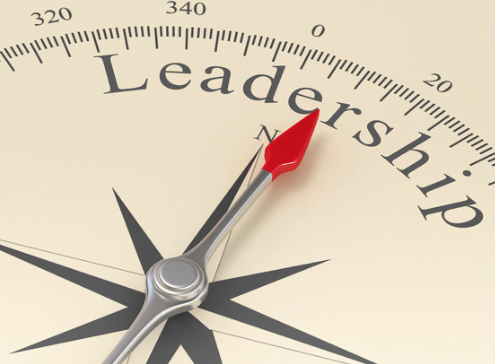Posts

Evolving Leadership: From Leader-Follower to Leader-Leader Model
Evolving Leadership: From Leader-Follower to Leader-Leader Model
In…

Setting the Tone for Success in 2024
Goal Setting and Planning:
If you have not already communicated…

Enhancing Your Leadership: The 8 Vital Traits You Must Embrace
As a leader, you must be a changemaker. To run your business…

Forging Ahead: Reflecting on 2023, Embracing 2024
Let’s start by reviewing our past year’s wins and challenges.
PROFESSIONAL…

Key Negotiation Skills and Strategies For Successful Leadership
In leadership, negotiation skills go beyond being a mere asset;…

